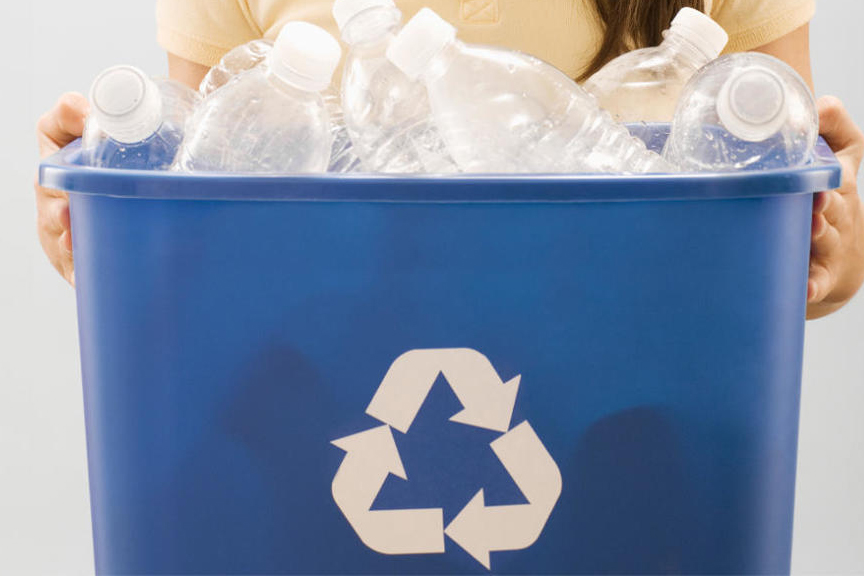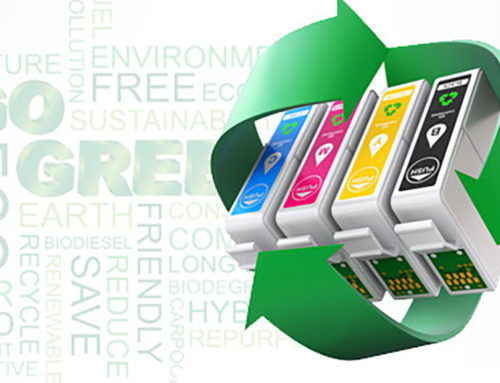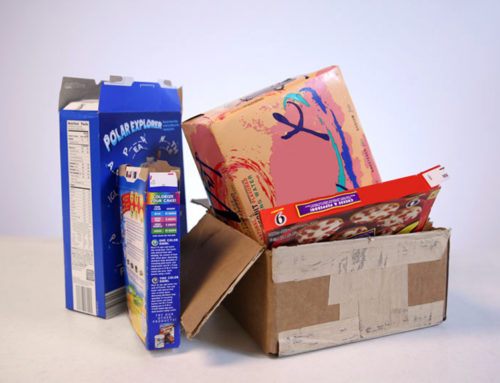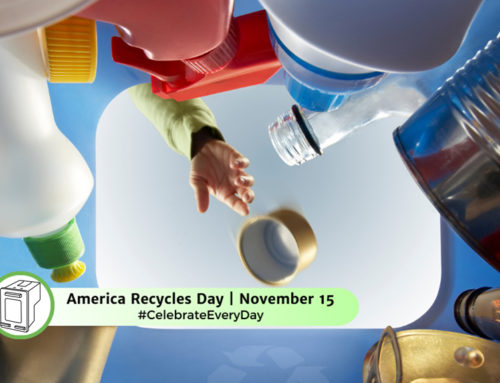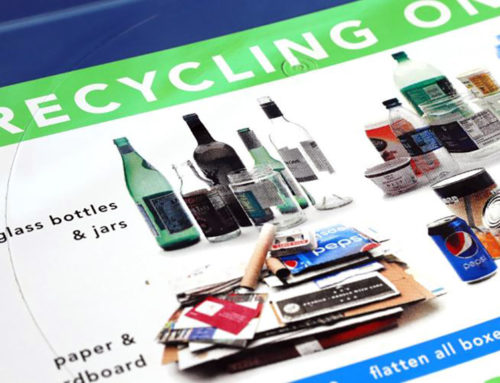In a surprising twist after five decades, the iconic ‘chasing arrows’ recycling symbol, a visual staple on numerous consumer products, including ink cartridges, is now at the center of a transformation discussion, as reported by Green Living Monthly. It’s time we start decoding recycling symbols.
While this familiar symbol will remain prominently displayed on many recyclable items, the Environmental Protection Agency (EPA) has been advocating for a change in its usage, particularly when it comes to plastics that pose unique recycling challenges.
But what is the driving force behind this change, and why does it matter, especially within the context of recycling ink cartridges?
Navigating Recycling Confusion
In recent years, plastic recycling has emerged as a pressing global concern, accompanied by mounting confusion regarding which plastics can and cannot be effectively recycled.
Jennie Romer, a deputy assistant administrator at the EPA, was among the key figures involved in crafting an April letter addressed to the Federal Trade Commission (FTC). This initiative received overwhelming support from over 1,000 environmental groups, all calling for much-needed clarity.
In the EPA’s letter to the FTC, Romer pointed out a long-standing consumer misconception: the assumption that the presence of the ‘chasing arrows’ symbol signifies an item’s recyclability. However, this belief does not hold true for many plastic materials, which can make the symbol “deceptive or misleading.”
Observant consumers may have noticed that within the recycling symbol on plastic items, there is typically a number. This resin identification code serves to indicate the type of plastic used, and only specific numbers correspond to genuinely recyclable plastics.
The EPA’s recommendation to the FTC is straightforward yet significant: replace the standard symbol with a solid triangle on plastics that are not recyclable. This simple change aims to enhance clarity in labeling and prevent recycling facilities from being overwhelmed by unprocessable plastics.
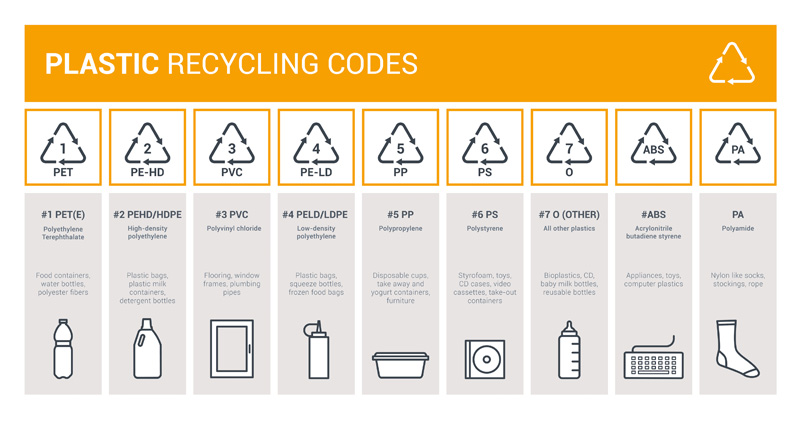
The Significance of Change
Why is this change of recycling symbols so significant, especially concerning ink cartridges?
When non-recyclable plastics inadvertently mix with recyclable materials, it contaminates the entire recycling process. Furthermore, recycling facilities incur added expenses when they must separate and dispose of these non-recyclable items in landfills.
Currently, the FTC defines a product as recyclable if at least 60% of the company’s customers have access to recycling facilities capable of processing that particular item. The EPA proposes raising this threshold significantly, acknowledging that the majority of plastic items are not genuinely recyclable.
The core issue at hand is that the ‘chasing arrows’ symbol cannot fulfill its intended purpose when a substantial portion of plastic items ends up as waste. In essence, misunderstanding and misapplication of the symbol contribute to the plastic waste crisis that has become a global concern.
To underscore the gravity of the situation, approximately 40 million tons of plastic are discarded in the United States each year, as per Statista. A 2022 Greenpeace study reported that only about 5% of this plastic was recycled in 2021, marking a significant drop from nearly 10% in 2014.
This crisis was further exacerbated when China halted its acceptance of millions of tons of plastic waste from the U.S. back in 2018, exacerbating the challenge of managing plastic waste within the country.
Gary Anderson, the visionary behind the ‘chasing arrows’ logo design in 1970, recognizes the necessity for change, remarking, “I do see their point. It was meant to be an overarching symbol to convey, ‘Hey, this is recycled, this has been recycled, or it’s something you can recycle.’ That’s what it was supposed to be.”
In conclusion, as we reconsider the future of recycling symbols, particularly in the case of items like ink cartridges, it becomes evident that reevaluating their usage is not only a necessity but a pivotal step towards addressing the growing complexities in plastic recycling and mitigating the environmental consequences of our waste.

